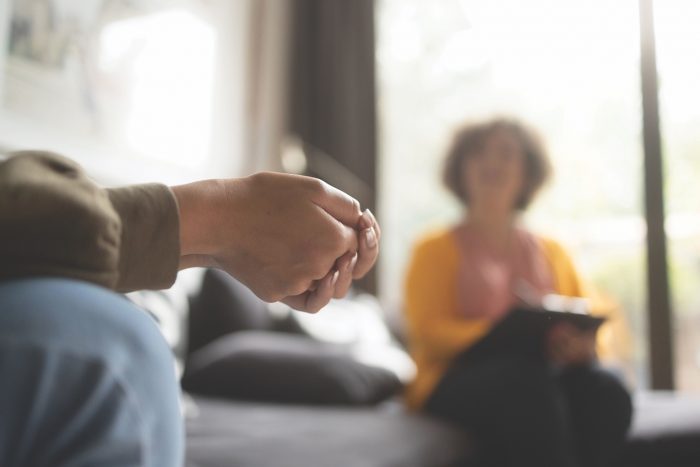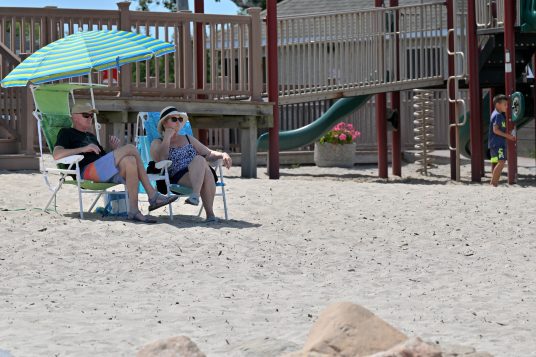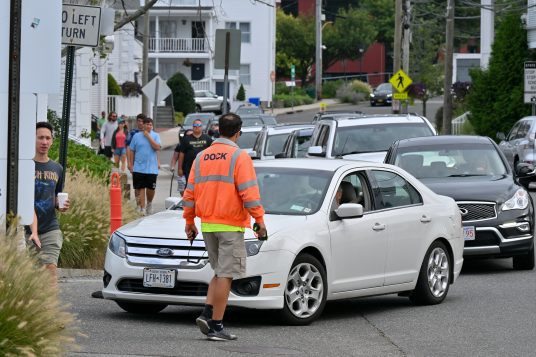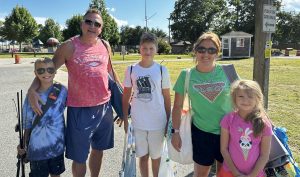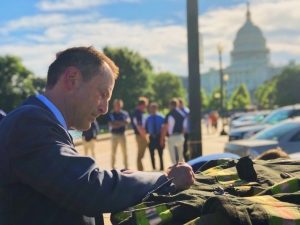By Daniel Dunaief

This is not so much a shaggy dog story, as a smelly dog story.
I recently brought my dog to a boarding facility for a long weekend. I feel less dog owner guilt that comes from taking him away from home, the cats he barely tolerates, the squirrels he chases, and the bed that serves as a place to sleep, a chew toy and more, because he seems so happy to race through the door to visit with his friends at the facility.
I suspect he’s much more excited to see the people who work there than the other dogs, although he gets along with every dog except the one on the block who attacked him in our driveway when he got away from his owner a few years ago.
Our dog was fine, thanks, but my wife and I try to avoid that aggressive dog whenever we walk our powder puff up and down the block. Sure, our dog now barks angrily when he sees that other dog and even seems to have convinced our neighbor’s dog to snarl and bark in sympathy.
Anyway, I left our dog for the weekend knowing he was in good hands.
When I returned from our trip, I reflexively opened the door to our house slowly, knowing that he often naps against the door. When the door didn’t present any resistance, I also looked down and listened for the tap, tap, tap of his nails across the wood floor.
I knew, of course, that I hadn’t picked him up and that no such tail wagging greeting was coming my way.
At the boarding house, I exchanged banter with the friendly tattooed young man who is a boarding house fixture. I tried to suppress a smile as I waited expectantly for my furry friend.
When he came through the door, he was as happy to go home as he was to visit. He threw his butt and tail into my knees and looked back at me as I pet him.
Mud and moisture in and of themselves don’t necessarily have a foul odor. And yet, somehow, stuck to a furry, matted dog, the scent was overwhelming.
“Hi, puppy!” I shouted repeatedly as I breathed out of my mouth.
When I got him in the car, the stench was so overwhelming that I had to open the windows.
I had far too much work to do to bathe him immediately and was glad my wife wasn’t home to endure the stench. The dog wandered in and out of my home office several times, which made it hard to finish sentences, much less to breathe.
I considered locking him out of the room, but that seemed unfair, especially after we’d been apart for a few days.
Finally, after I finished my work around 9:30 p.m., I climbed into bed, ready to relax and prepare for sleep. Happy to be home, the dog was sleeping on the floor at the foot of the bed.
I couldn’t possibly sleep with a foul odor that seemed to get stronger by the second. The scent was so powerful that someone might one day want to consider using it as a smelling salt.
Like “Harry the Dirty Dog” and many others, our dog hates to bathe. And yet, he seemed perfectly happy to head into the bathroom and even to get into the shower. He has, however, figured out how to push open the shower door, which means that he gets covered in water and shampoo and then wanders into the bathroom, shaking sudsy water all over the floor, wall and counter top.
I gave him such a thorough cleaning that he shined in the bathroom light. During the vigorous rub down drying, he moaned.
After his bath, he raced across the house and into the corner where he gets his post bath treat.
Once I settled into bed, I looked for my now sweet-smelling puppy. He and his shiny coat were, of course, in the next room because, after all, what’s the fun of sleeping near me when he smells like flowers and not smelly dog?





